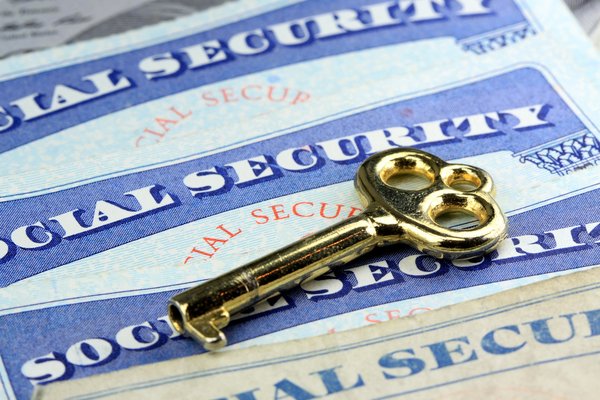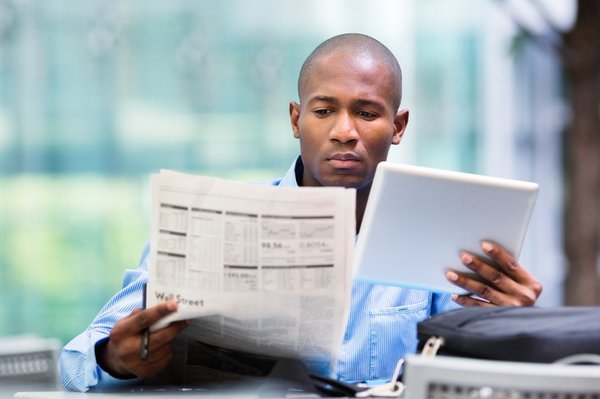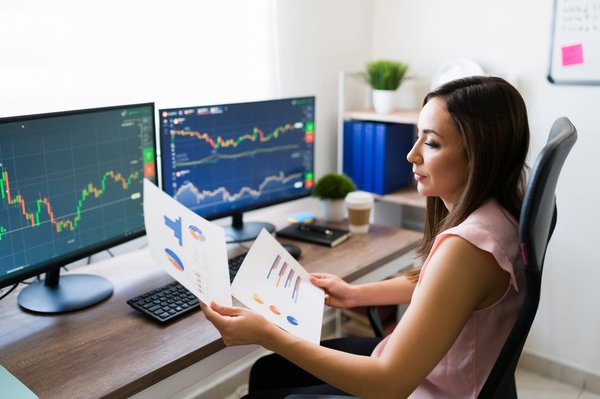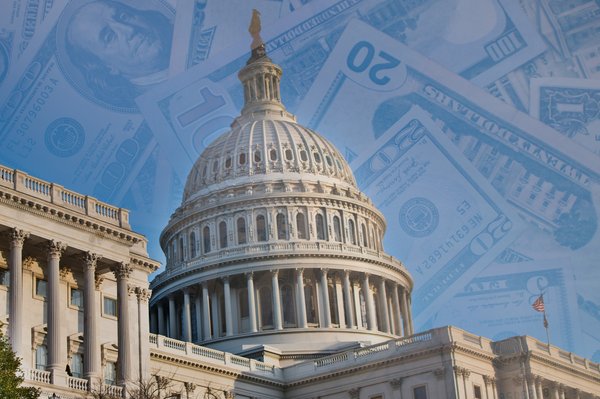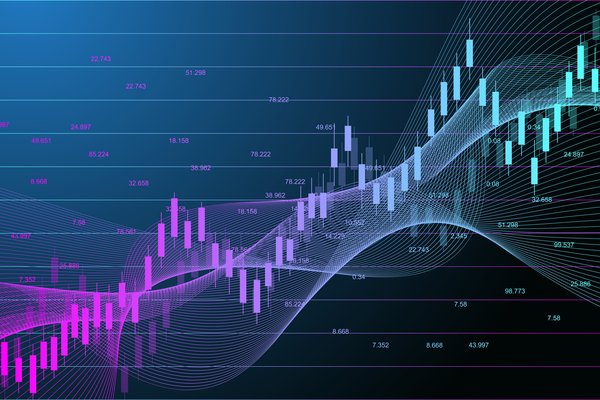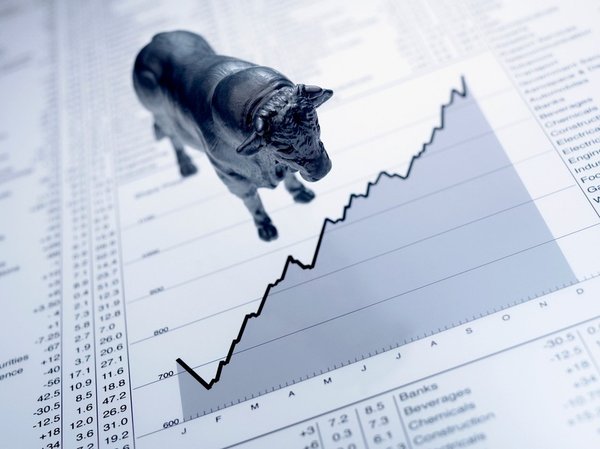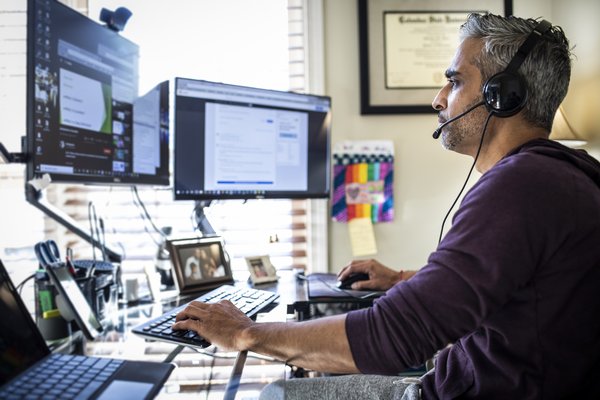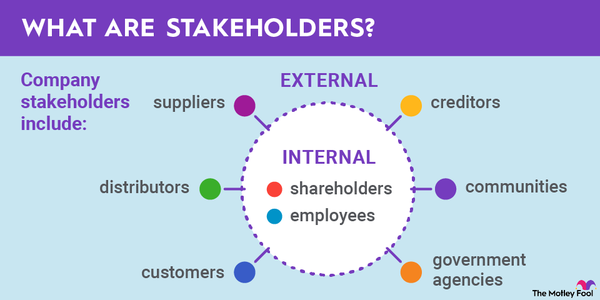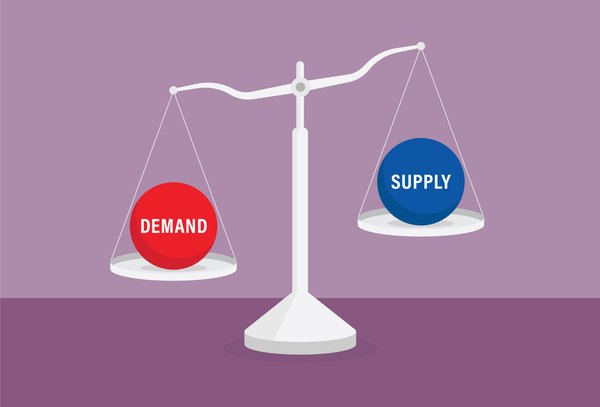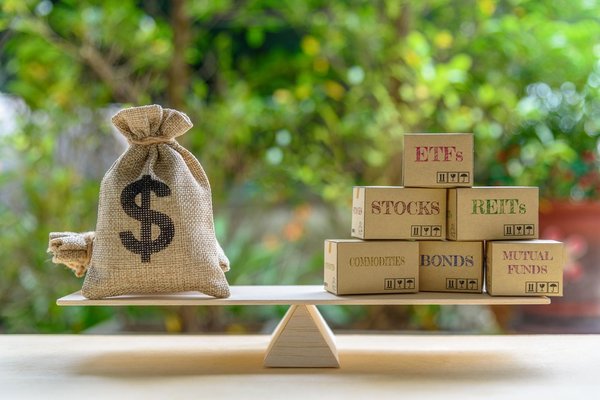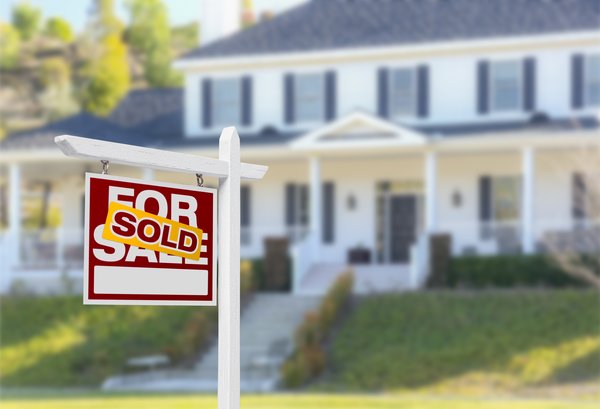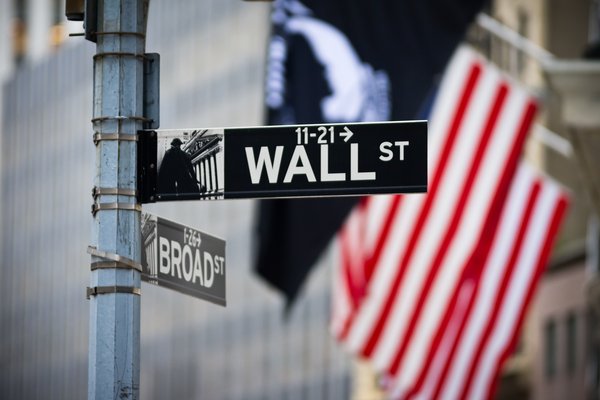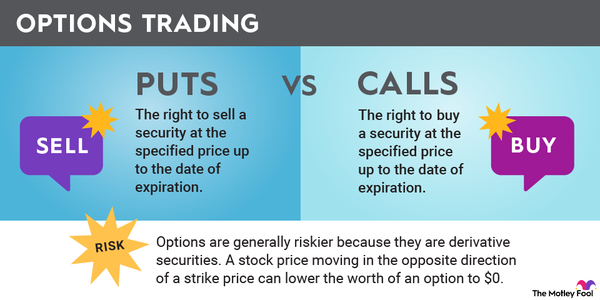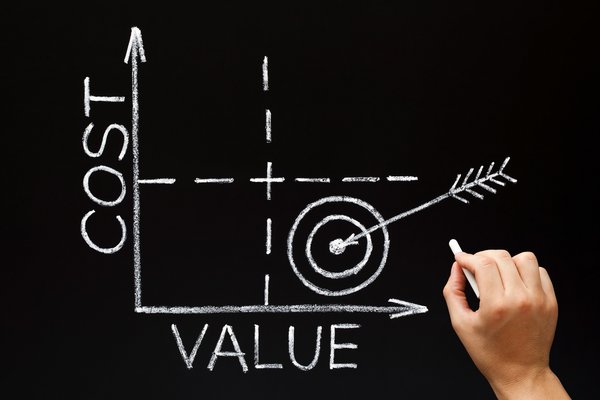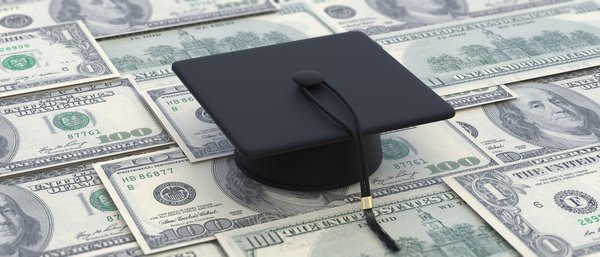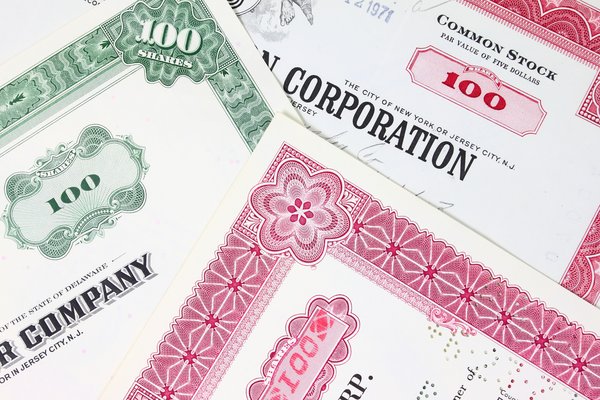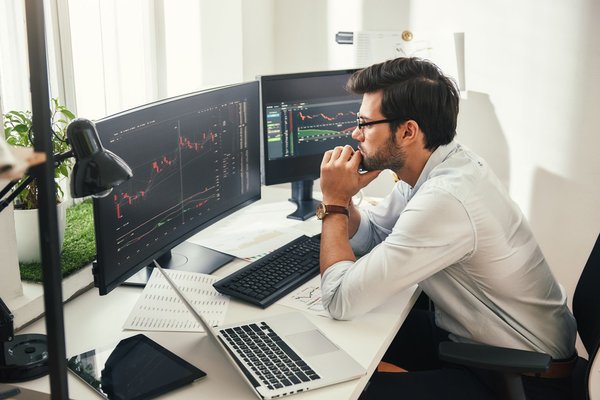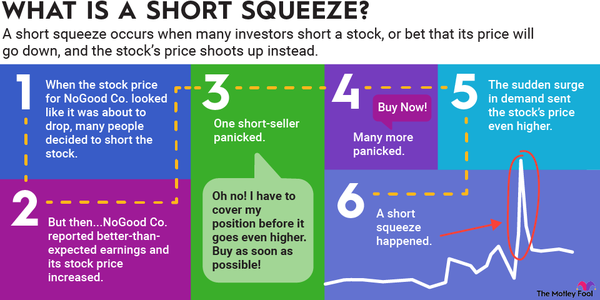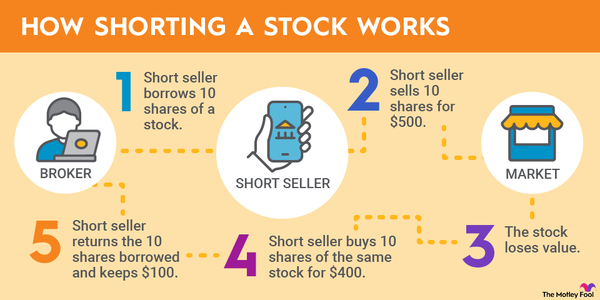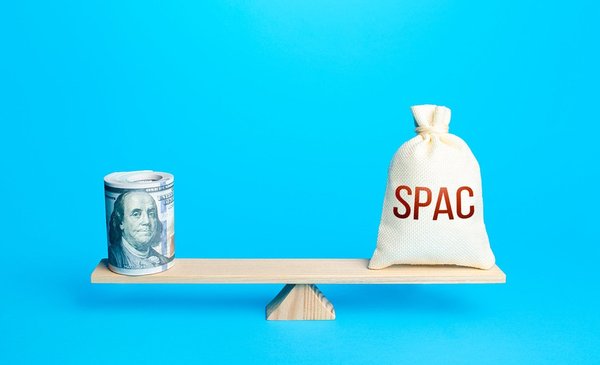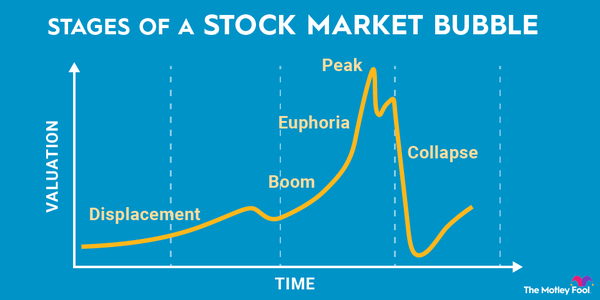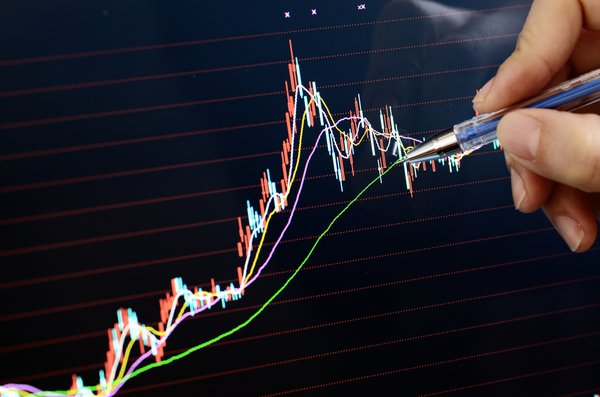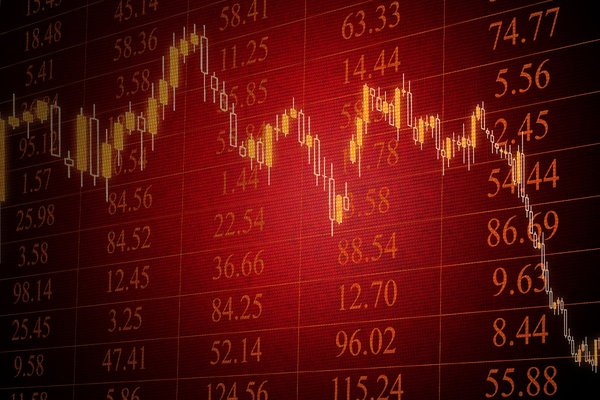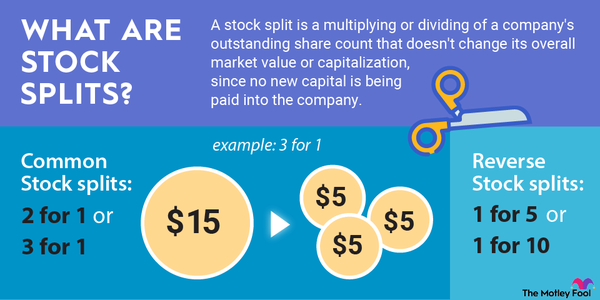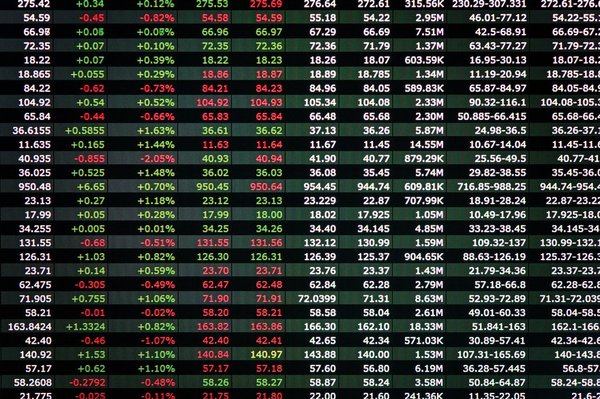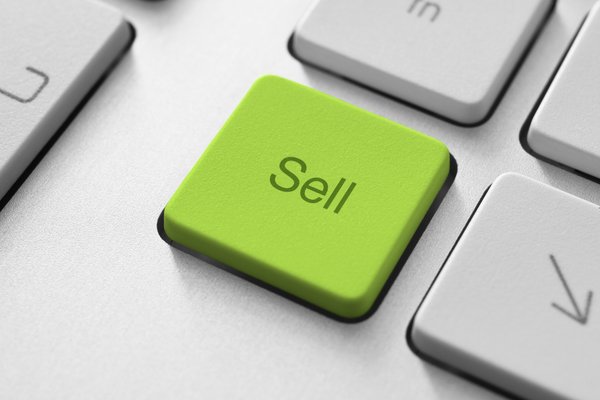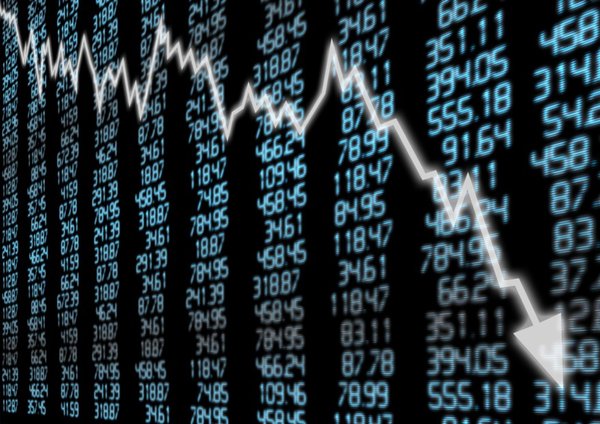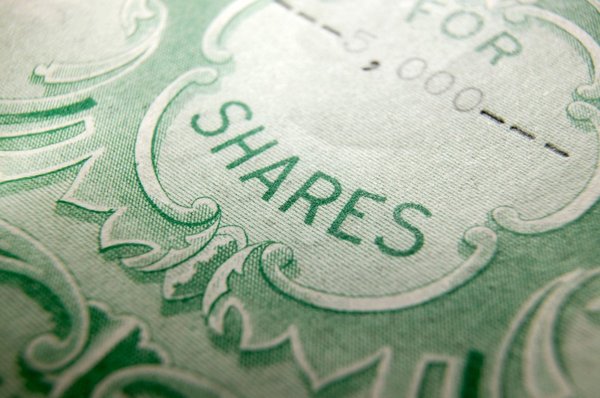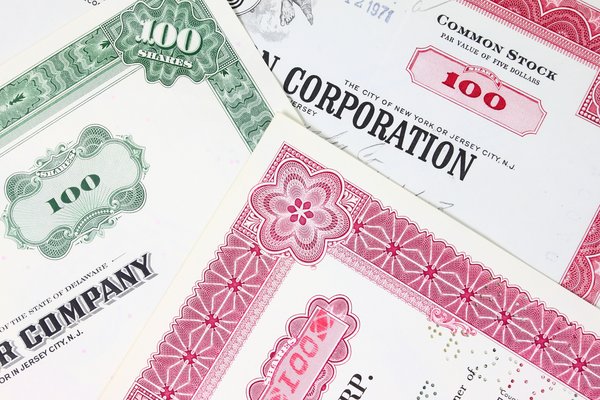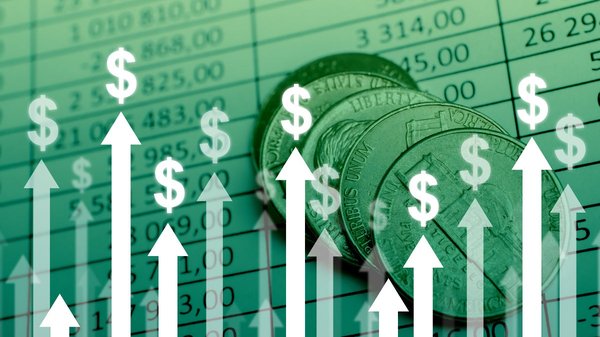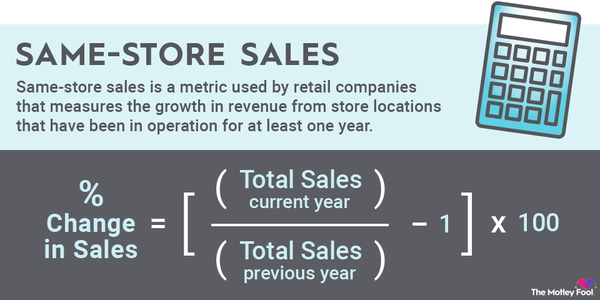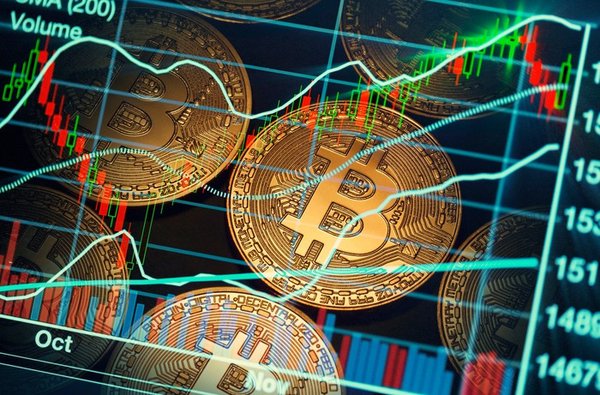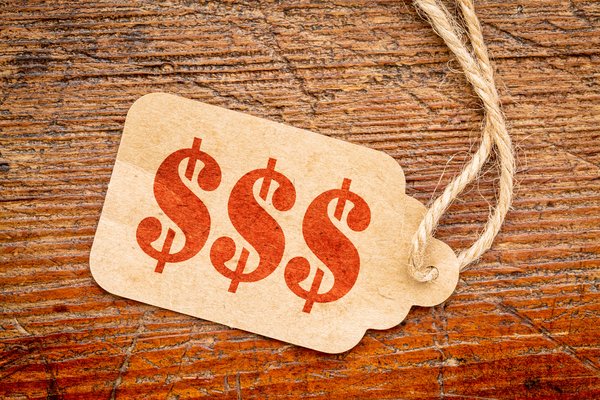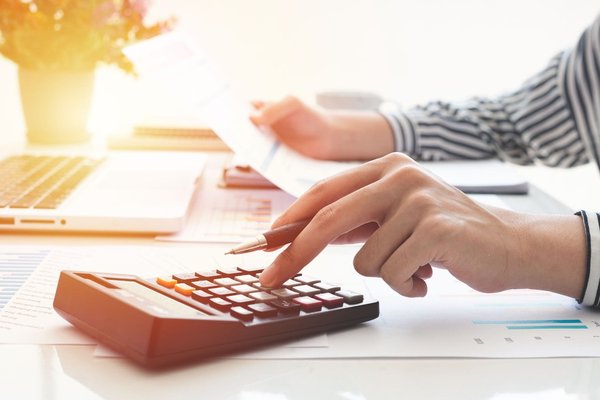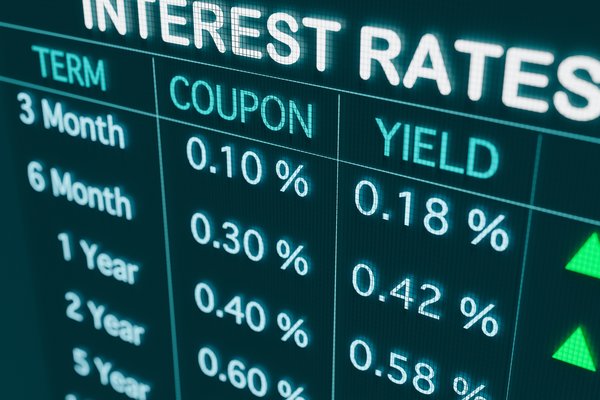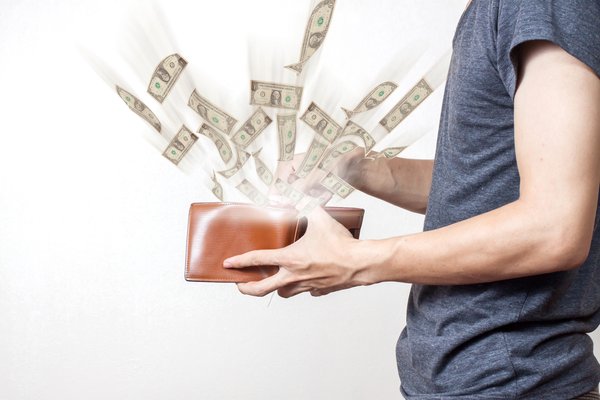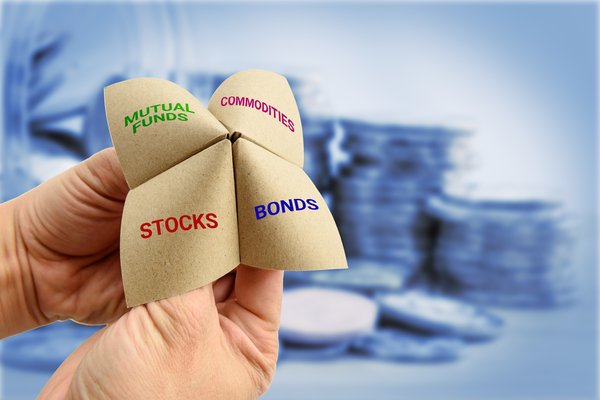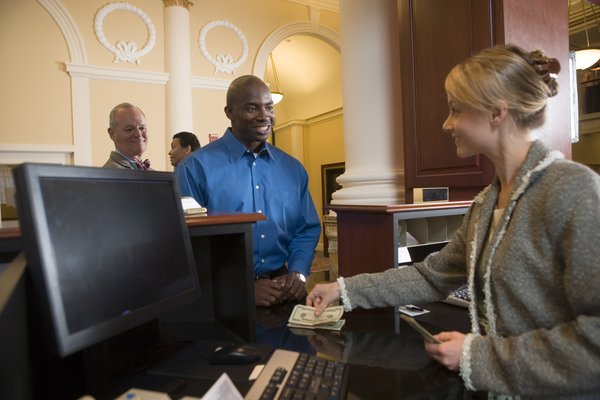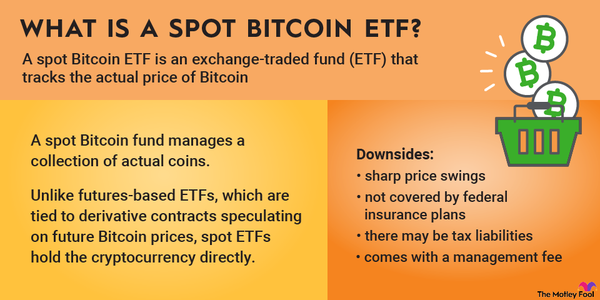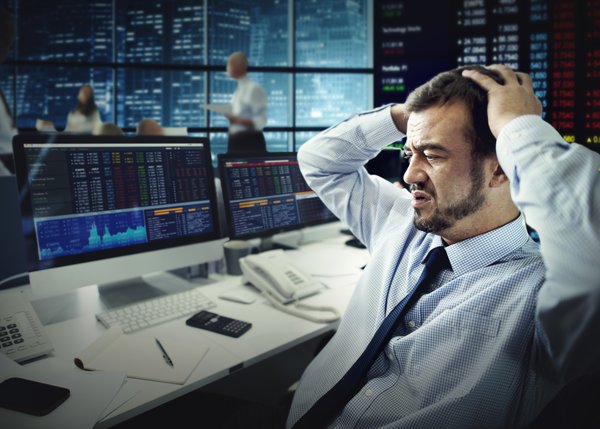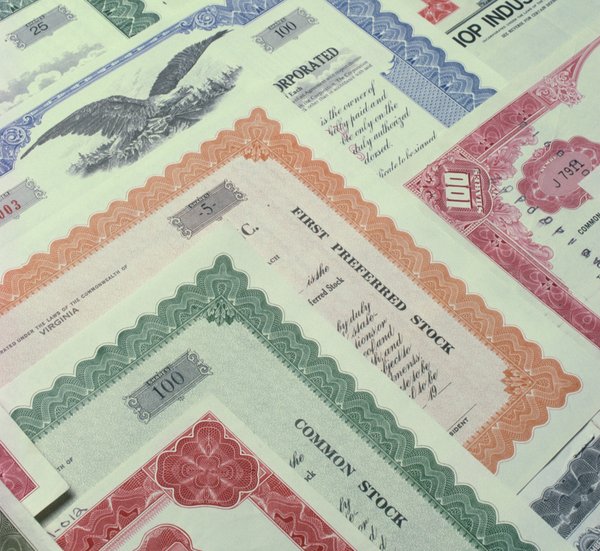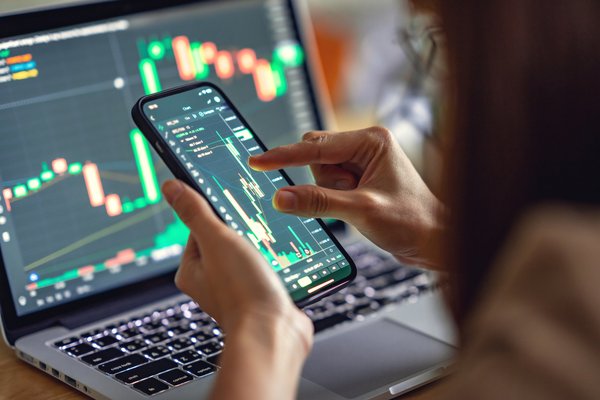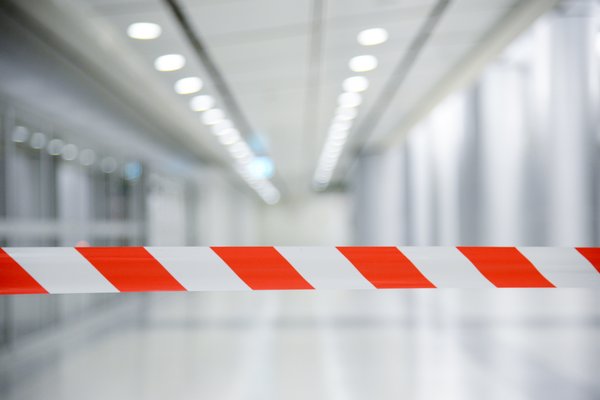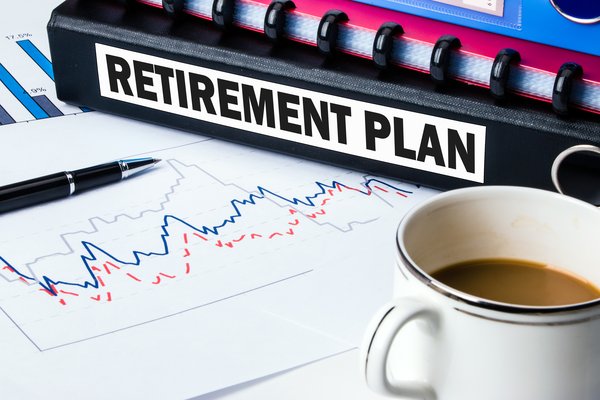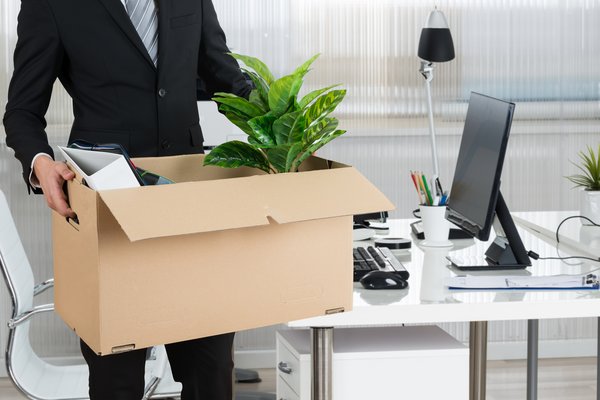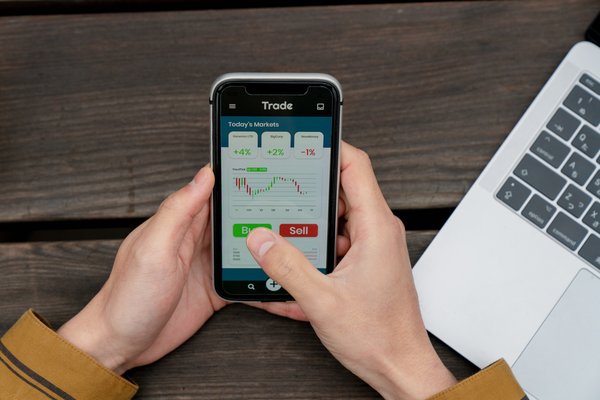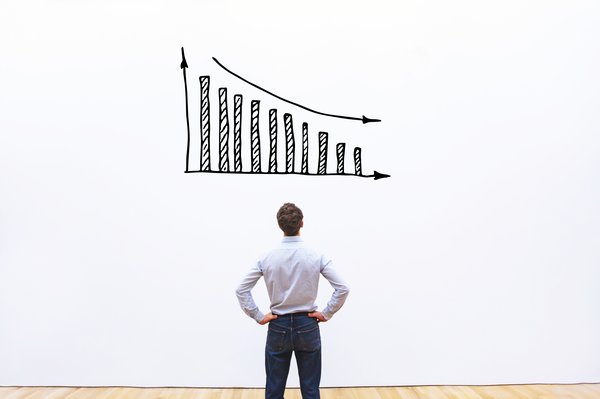A stop order is like the financial equivalent of setting an alarm clock -- you hope it'll save you from oversleeping or, in this case, an unexpected market move. It's a tool that investors use to automatically buy or sell a security once it hits a certain price, so they don't have to nervously watch the market all day or freak out about taking their eyes off their computer screens in the time it takes to order a coffee.

Overview
What is a stop order?
A stop order is a type of stock trading order used to buy or sell a security once its price reaches a predetermined threshold. This order allows investors to limit their potential losses or secure profits by automating their trades based on market conditions. Stop orders are popular tools among both retail and institutional investors because they provide a balance of flexibility and control.
How they work
How do stop orders work?
At its core, a stop order triggers a buy or sell action when a stock reaches a certain price. If the stock hits the "stop price" set by the investor, the order becomes a market order, which is executed at the next available price. Stop orders can be particularly useful for protecting investments from sudden market swings without the investor constantly monitoring the market.
There are two main types of stop orders:
| Type of stop order | What it does |
|---|---|
| Sell Stop Order | Used to limit losses or protect gains by selling a stock once its price drops to a specific level. |
| Buy Stop Order | Set above the current market price and used when an investor wants to enter a position once a stock begins rising, often to avoid missing an upward trend. |
Why they are important
Why are stop orders important in trading?
Stop orders are a great way to help manage risk and make smarter trading decisions. A sell-stop order can protect you by automatically selling your stock if the price drops, which is especially useful during shaky market conditions when prices fall quickly. This means you don't have to watch the market constantly. If your stock hits the set price, it's sold, limiting your losses.
On the flip side, a buy-stop order allows you to get in on a stock once it starts rising. If you're waiting for a stock to break through a certain price level to confirm it's on an upward trend, a buy-stop order will automatically purchase the stock for you at that point. This way, you're making decisions based on clear price points, not on emotions, guesswork, or attempts at trading after a night out.
How to use them
How to use stop orders in your trading strategy
Using stop orders in your investment strategy is a smart way to automate your trading and take some of the emotion out of decision-making. It's important to think about your risk level and what you want to achieve in order to get the most utility from them. For example, if you place a sell-stop order too close to the stock's current price, it might sell too early on a small dip. On the other hand, setting it too far from the price might not protect you if the stock drops significantly.
Stop orders are especially helpful in fast-moving markets where prices can change quickly, making it tough to keep up manually. They give you peace of mind, knowing your trades are handled even when you're not watching the market. Just remember, once the stop price is hit, it turns into a regular market order, which means the stock will sell at the next available price, which could be higher or lower than expected.
Related investing topics
Example
Example of a stop order
Let's say you invest in a fictional dog toy company called "Raise the Woof," and the stock is currently trading at $50 per share. You're optimistic about its future, but you want to limit your risk in case the market turns against you. To protect yourself, you set a sell-stop order at $45. If the stock falls to $45, your stop order will automatically trigger and sell your shares, helping you avoid larger losses. This way, you don't need to constantly watch the stock, and your portfolio is protected if Raise the Woof's value unexpectedly drops.
| Scenario | Stock Price per Share | Shares Owned | Investment Value | Stop Price | Outcome |
|---|---|---|---|---|---|
| Initial Purchase | $50 | 100 | $5,000 | $45 | Hold |
| Stock Rises | $60 | 100 | $6,000 | $45 | Hold, profit growing |
| Stock Drops to Stop Price | $45 | 100 | $4,500 | $45 | Stop order triggers, sell |
| Stock Falls Further | $40 | 0 | $0 | $45 | Protected from more losses |
| No Stop Order (Hypothetical) | $40 | 100 | $4,000 | N/A | Loss if no stop order set |
Should I use a stop order in trading?
You should use stop orders if you want to protect your investments without watching the market all the time. They automatically buy or sell your stocks when they hit a certain price, helping you to limit losses or lock in profits. This way, you can set your strategy and let it work even when you're not paying attention. For example, if you're on vacation and can't watch your stocks, a stop order can step in and sell a stock if it drops too much, saving you from bigger losses. They're like a safety net for your investments.

